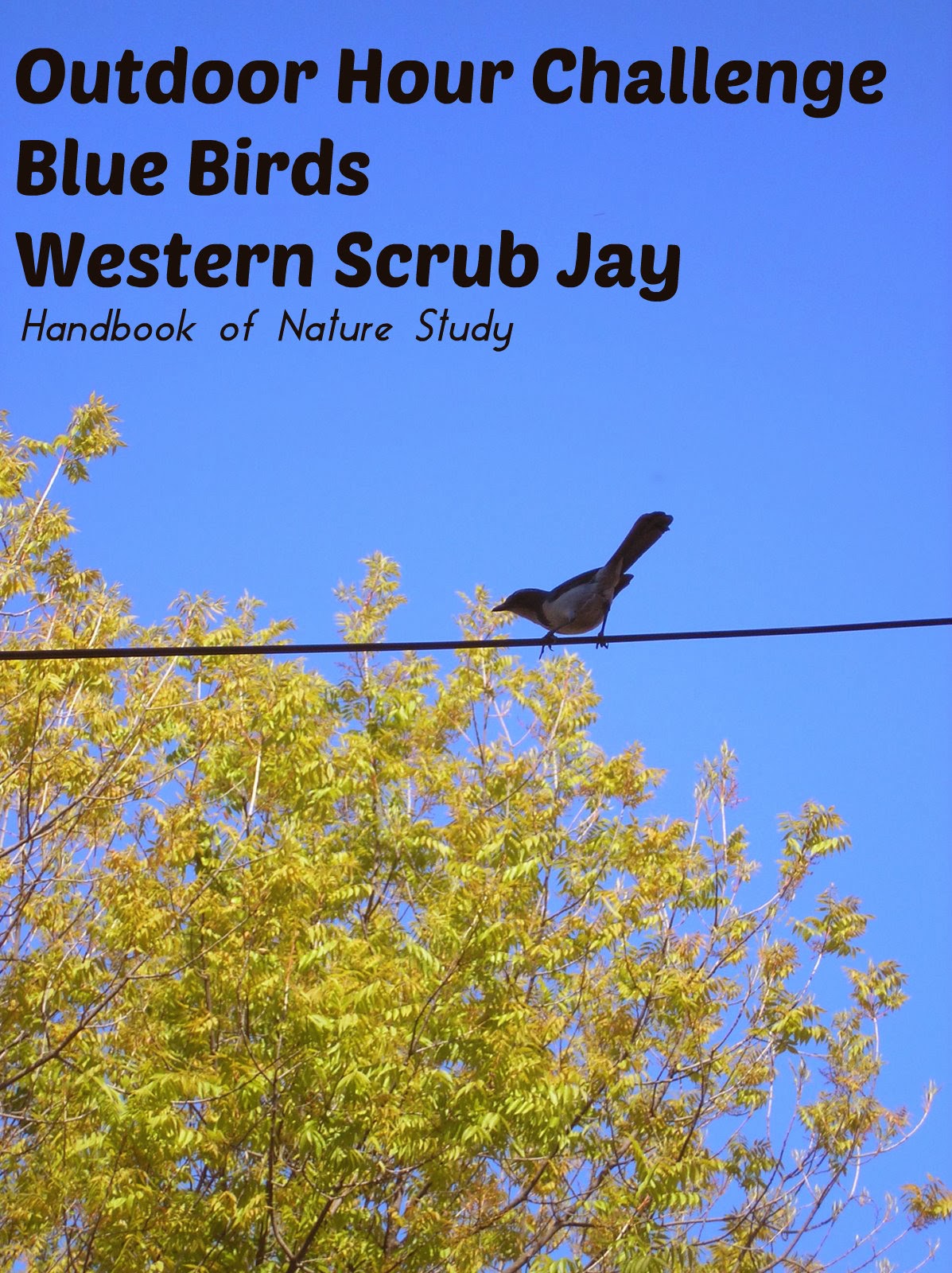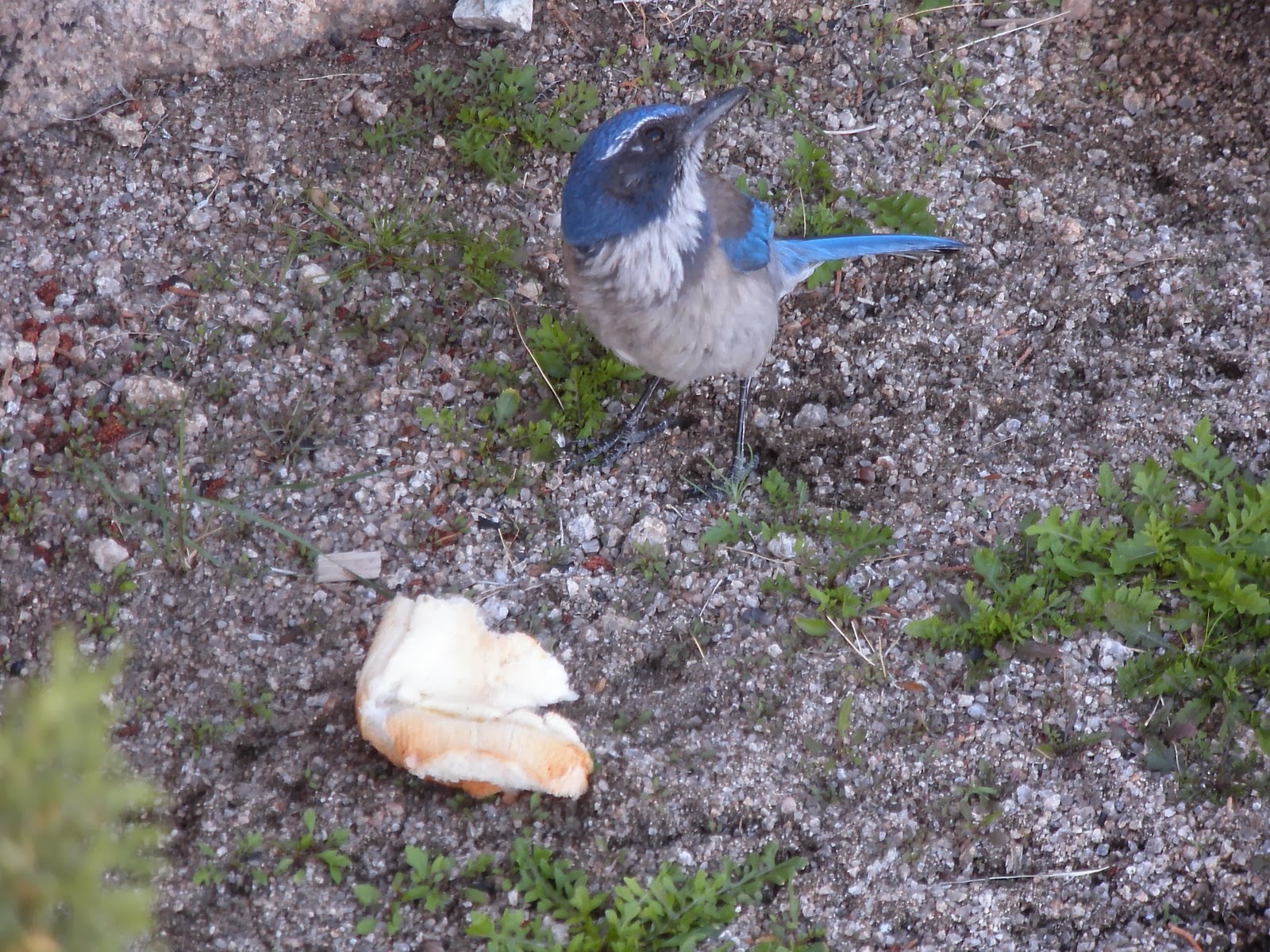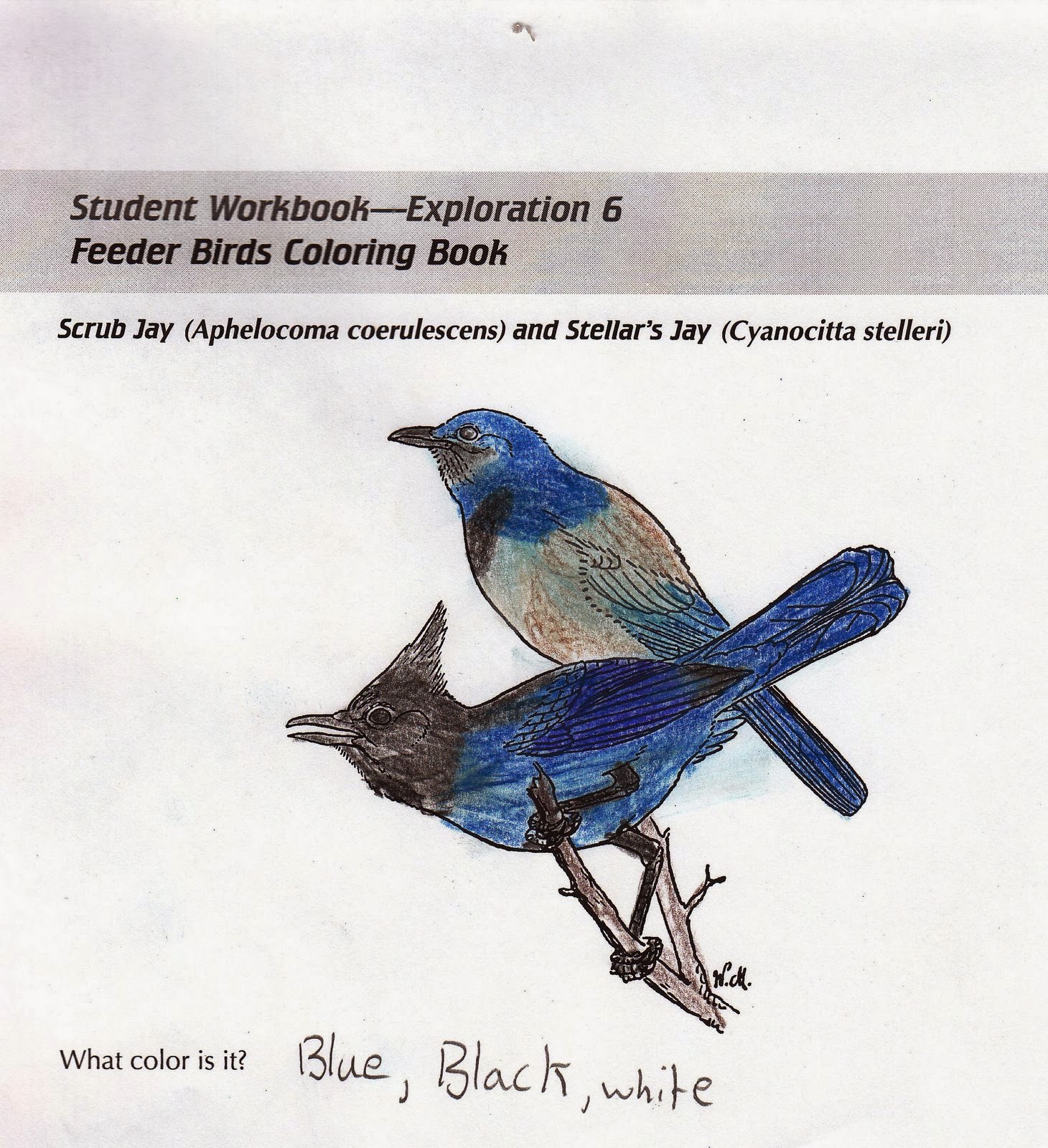We have a beautiful walnut tree in our backyard and it has always given us an abundance of nuts each autumn. The photo shown here is from a few years ago and shows part of our walnut harvest. Around this time of year, we are usually gathering oodles of nuts to dry and crack to eat and save for our baking.
Not this year.
Grey squirrels came and ate every last nut in our crop. Climbing into the tree, they would pick the nuts wrapped in their green outer coats, strip the casings off, and then proceed to crack the shells to get to the meat.
Piles and piles of shells and green casings dropped to the ground, littering the sidewalk and garden below. I thought surely they couldn’t eat them all, but they did.
I have mixed feelings about the whole situation. On one hand, I love having the furry little guys in my yard and away from my birdfeeders. On the other hand, I would have liked to have had a few nuts in my pantry for cookies and muffins and salads. This autumn will be known as the year with no nuts.
Our front yard also has a squirrel that visits quite frequently. It is a different variety of squirrel and he is FAST.

(I shared this photo a few weeks ago during our tree study…we think it is a Fox Squirrel.)
He is busy eating the seeds from the tulip tree.

Look at those feet! No wonder they can climb and jump like they do!
He nibbles and then scurries off down the street, as if he has a regular route he takes to dine at various spots in the neighborhood.

He is fun to watch as he bounds down the street and up onto the neighbor’s narrow fence top. My son, who does a lot of his schoolwork in the living room at the table by the window, calls my attention to our resident squirrel all the time. We are getting to know him quite well this year.
The other day as I was driving down a fairly busy street in town, a squirrel decided to run out in front of me. I know from experience that they usually dart out of the way at the last minute and I try not to get too excited. This one seemed to look me in the eye as he sat in my lane of traffic, a crazy game of chicken. Starting to move, he zigged and zagged a little in front of me and stood still again as I got closer. I slowed a bit and started coaching him to “Get out of the way!” At the last possible moment, he ran off to the side of the road and quickly up a tree. Why do they do that?
For the most part, we enjoy our neighborhood squirrels and find a great deal of entertainment value in this rodent. Our favorite squirrel actually walks the telephone line at a busy intersection in town. We see him probably once a week doing his tight-rope act, defying gravity and giving us something to be in awe about with this little one of God’s creation.
Here is our link to our previous squirrel study if you would like to read that one:
Squirrel Study
Watch this video to see another common squirrel in our area…the California Ground Squirrel. This video was taken last spring on a hike we took not too far from our home.






























